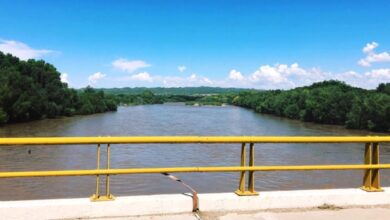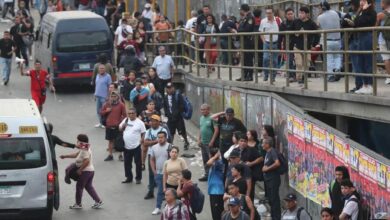Colombia: Women submit report on sexual violence cases to Special Jurisdiction for Peace
The challenge will be to overcome the impunity of 97% that exists in cases of sexual violence associated with the armed conflict in Colombia

In Colombia, 15,687 people have been victims of sexual violence in the context of the armed conflict: 1,451 men, 14,201 women, and 35 without information of their sex. This information was revealed by the Memory and Conflict Observatory of the National Center for Historical Memory (CNMH), in the document "Victims and Damages Affected: Balance of the CNMH's contribution to historical clarification". This compiles the events that occurred in the armed conflict between 1958 and July 2018. The report is titled.
Leer en español: Mujeres entregan oficialmente informes sobre casos de violencia sexual a la JEP
The reports were officially delivered to the JEP (Special jurisdiction for peace, in English) by the women of the National Table of Victims, the Network of Women Victims and Professionals, and the women of the campaign #NoEsHoraDeCallar (It is not time to be silent). The information gives an account of the atrocities suffered by thousands of women in the country. These facts confirm that sexual violence is and was used as a weapon of war to produce collective terror. The perpetrators, who belong to different armed groups (military forces, paramilitaries and guerrilla groups), do not recognize this type of violence, which makes it even more difficult to obtain justice.
"We put ourselves to the task of telling all our stories related to sexual violence, which we live," said Yolanda Perea, representative of the National Table of Victims, during the official delivery that took place in the offices of the JEP on Thursday, August 2. In addition, the artist Doris Salcedo stressed that "it is the first time that a Peace Agreement in Colombia opens a space for victims of sexual violence."
Also read: Abused nuns, a disturbing reality in Chile
The commitment of the JEP
Colombia has a great debt in terms of justice with the victims of sexual violence in the context of the armed conflict. According to figures handled by civil society organizations, impunity in these cases reaches 97%. For this reason, within the final agreement signed between the Colombian government and the FARC guerrilla, one of the basic principles of the justice component is the special investigation for cases of sexual violence.
In the act of delivery of these reports, Patricia Linares, President of the judicial Corporation, said that "from the JEP will be promoted the transformation of ideas and beliefs with which in the country has justified sexual violence in women and in the girls". Linares also highlighted that the internal regulations of the JEP included the implementation of a Gender Commission, which will promote good practices in the judicial processes related to these cases.
Finally, Giovanni Álvarez, director of the Investigation and Accusation Unit of the JEP, held that the victims of sexual violence are very important for all the investigations and actions carried out by that Unit and committed to ensuring that the victims have real guarantees, justice, reparation, and not repetition.
LatinAmerican Post | Carolina Garzón
Translated from “Mujeres entregan oficialmente informes sobre casos de violencia sexual a la JEP”





